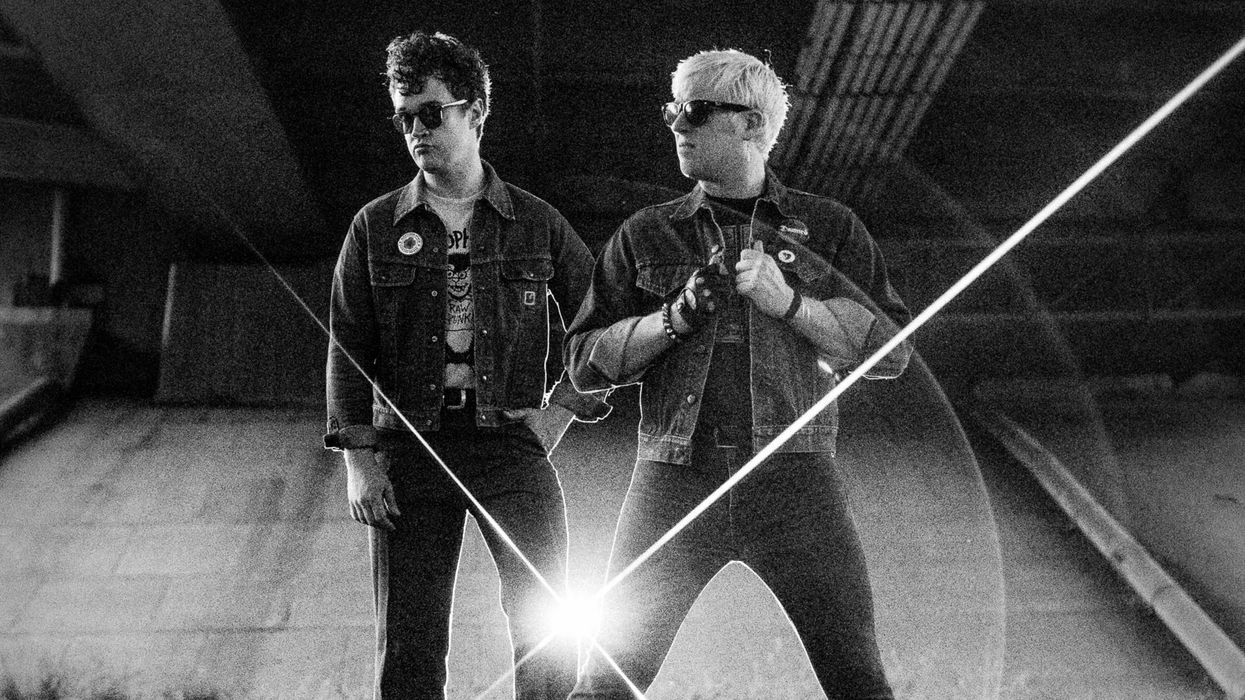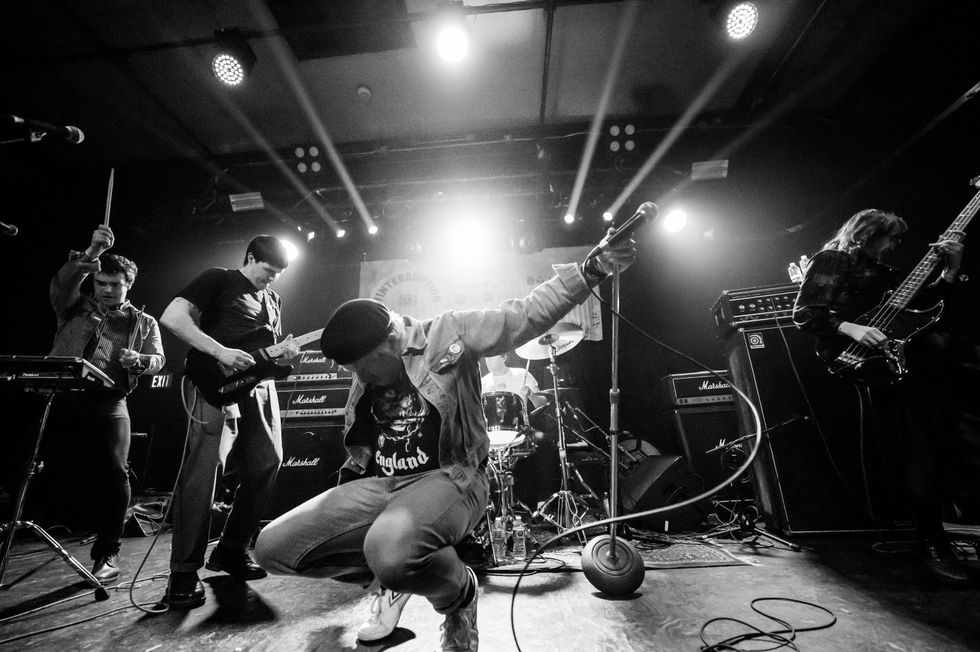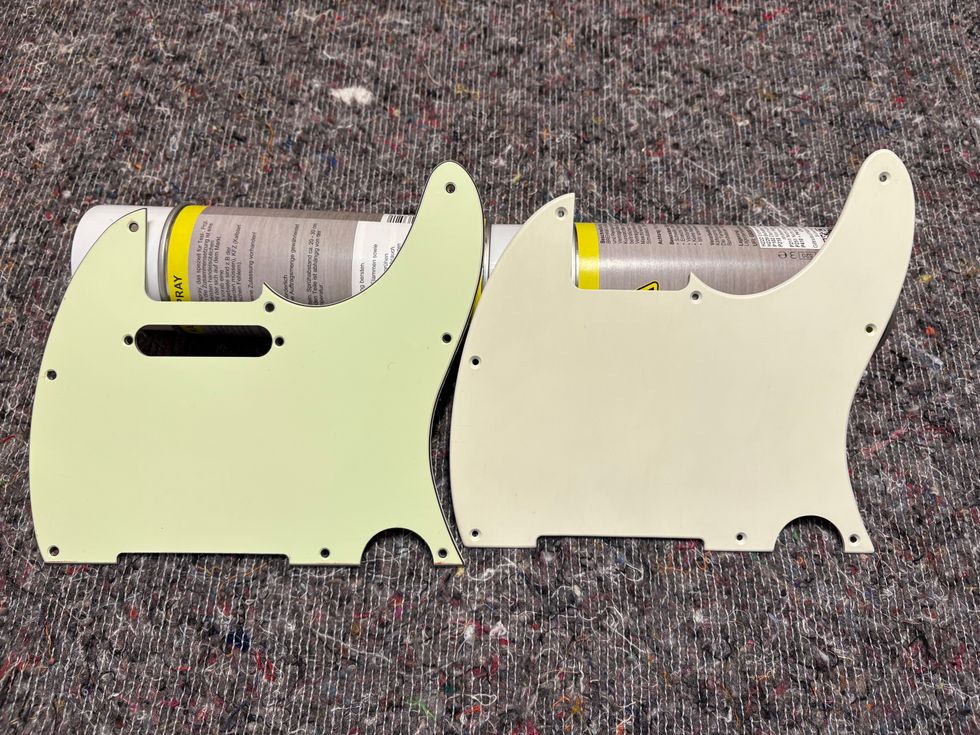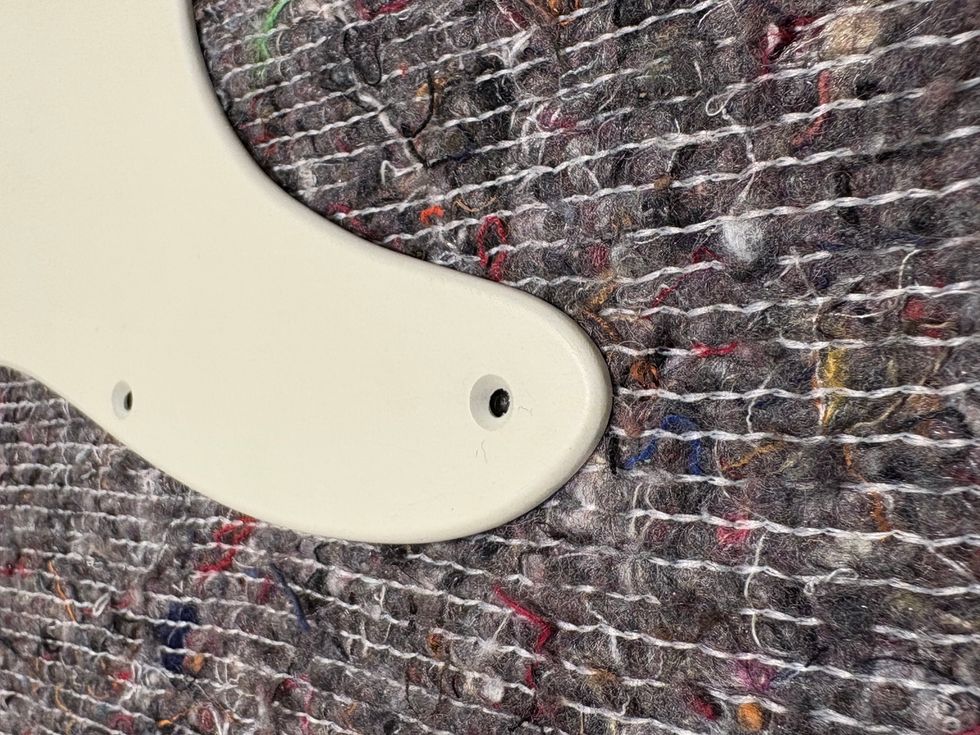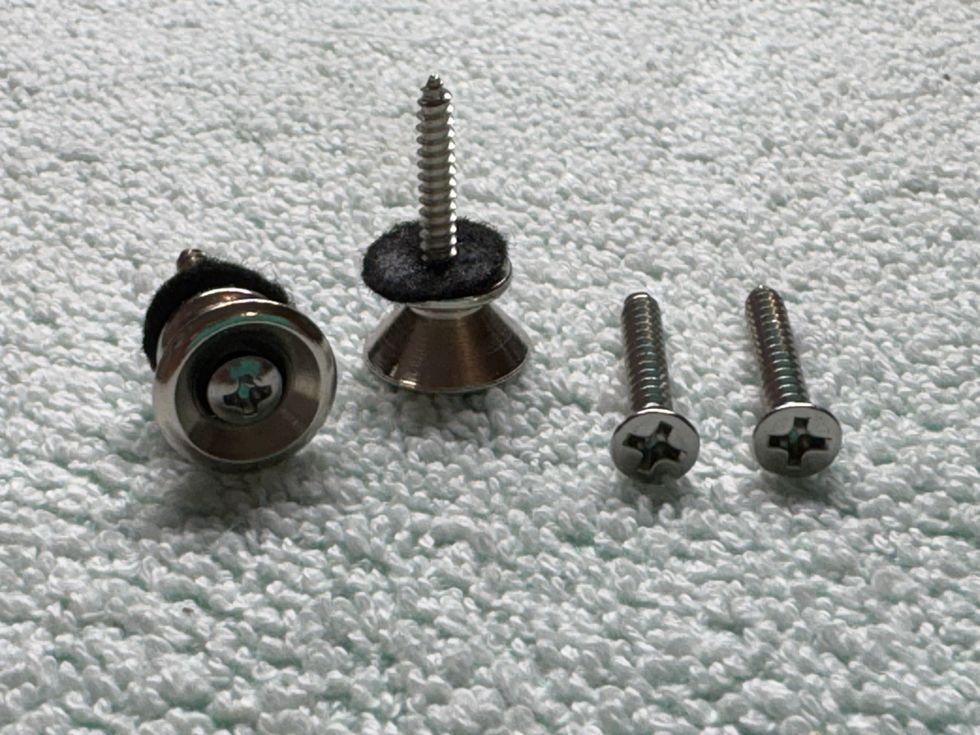This month we talk to Björn Juhl, amp and pedal designer from BJF Electronics and featured Scandinavian boutique amp and effects company, Mad Professor.
What’s the process for creating a new amp? Are you trying to find a niche or emulating something similar on the market?
Mad Professor offers two amplifier models. The CS-40 came about after heavy persuasion from Harri Koski at Custom-Sounds (also marketing and management for MP). He wanted a 40-watt amplifier that took pedals well. In focusing on just one amplifier, I wanted to produce my sound and include options I was asked for as an amp technician. One inspiration was avoiding sounds of amplifiers less fun to play – what do you expect from a former amp repair guy? The vision was creating versatility and a more pleasing sound that might differ for each guitarist. The MP101 was designed from CS-40 user feedback. They desired fewer controls, more output power and two channels. We wanted simple tone control. Extra attention was required for the treble so a few peaks could be controlled.
Do you aspire to create a certain tone when designing the amp?
Yes, absolutely! Sound comes first.
How big is the speaker’s role in amp design?
Speakers provide half the sound and many signatures are possible. The balance in response, power handling and efficiency we desired proved difficult to find in modern speakers. We tried many and some blew up! In the Eminence booth at the Musikmesse a few years back, I found a couple of possibilities. I felt a Red Fang or a combination of Red Fang and Private Jack would work well. From this, a 4x12 cabinet was born. Certain speakers are best for particular sounds, but may only allow a few amp settings. The 4x12 Red Fang, and especially the Red Fang/ Private Jack combination, lend maximum use of the CS-40’s controls.
When introducing the MP101 at NAMM, many guitarists exercising multiple playing styles best demonstrated that a specific speaker array is desirable. Everything from extremely low distortion – clean is an undefined term – to high gain was played through the MP101, which ran a Red Fang/Private Jack cabinet. The most desirable settings were with all tone controls at noon. I have suggested to many CS-40 owners to try multiple speaker arrays. Achievable sounds are nearly limitless, so the importance of speakers is immense.
Do you design the amp around the speaker or design the amp and find a speaker that compliments it?
Ideally, I find the speaker first. I’ve also been in positions where the speakers used for tuning couldn’t be used in production. It can be a daunting task to find complementary speakers. One may be close, but requires a change in the amplifier. That means back to the drawing board! It’s a breeze to design an amplifier that takes advantage of limits set by a specific speaker. Designing an amplifier without having the speaker is a headache because it involves compensating controls for too many unknown variables. We can easily surmise that the speaker more drastically changes the sound than any other part in the amp. Which is easiest to change, the amp or speaker? Sometimes a speaker exhibits qualities that warrant rebuilding the amplifier to eliminate inferior parts. If the speaker is right you don’t need much of an amp to achieve pleasing sounds.
How do you go about finding the right speaker? What factors do you consider?
I like listening and hearing for myself first. I consider tonal balance and how treble is handled under the heaviest distortion and maximum power. It’s no fun when a speaker can’t handle the amp’s hardest working point. There are also details to find with lower distortion.
Do you prefer custom designed or off-theshelf speakers?
If possible, off-the-shelf – it makes life easier for the consumer wanting direct replacements. If off-the-shelf doesn’t work for a specific application, then custom is more attractive. In fact, I’m currently designing a preamp/power amp intended for a custom speaker supplied by Eminence.
How do you decide the power of the amp?
The power requirements of an amp depend on where and how it will be used. Other considerations are weight and size. We assume sometimes the amp will be run at maximum power. I believe in using parts that accommodate each other. The amplifier must produce in the loudest clubs, but should also be useful at low volumes. It’s then a question of the preamp and getting compression and playability regardless of level. An amplifier must have limits. For example, it must fit in the trunk of a Volvo P1800 and weigh no more than can be comfortably carried walking one block in any major city. Then there are limitations on power. There are solidstate solutions, but the amplifiers I design are generally tubes.
What features of the each amp please you most?
The CS-40 puts the control in the hands of the musician’s imagination and hearing, making it possible to fine-tune a desired sound.
The MP101 is more about simplicity and raw power. I think it’s neat that I was allowed to set the range of sounds to my ear. I also used the ears, skills and input of studio guitarist Sebastian Nylund. Oh, and I enjoy playing it, too.
For more information on Mad Professor please visit mpamp.com.
Anthony “Big Tony” Lucas
is a guitarist and Senior Lab Technician at Eminence Speaker LLC, where he specializes in guitar-speaker design and customer support. Big Tony has been with Eminence for over 10 years and is responsible for many well-known guitar speaker designs.








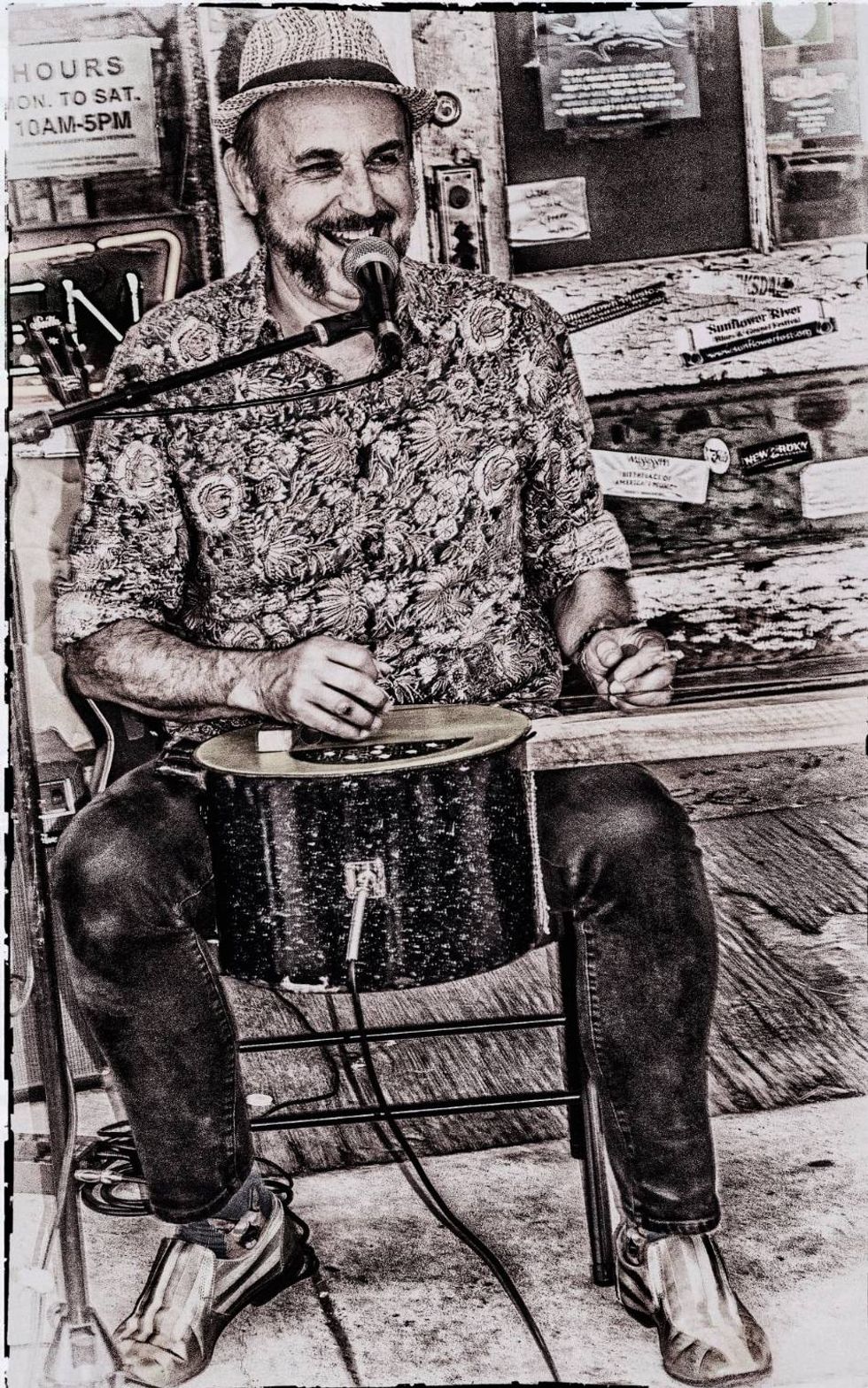
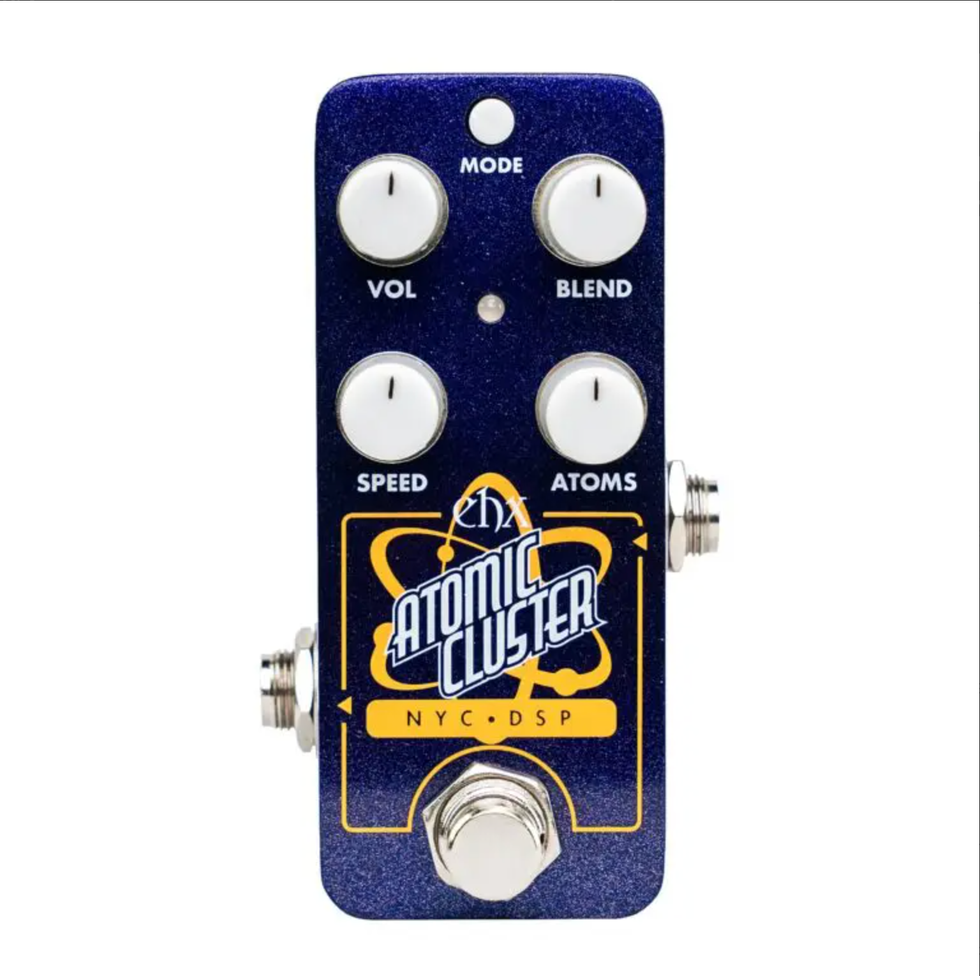
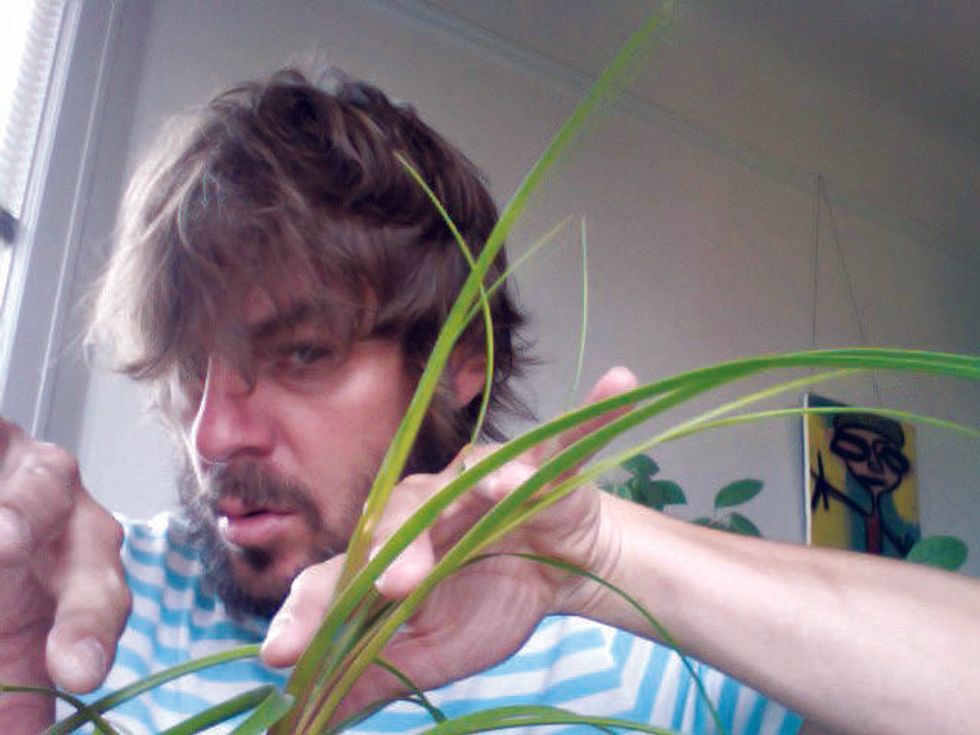
![Rig Rundown: Russian Circles’ Mike Sullivan [2025]](https://www.premierguitar.com/media-library/youtube.jpg?id=62303631&width=1245&height=700&quality=70&coordinates=0%2C0%2C0%2C0)


![Rig Rundown: AFI [2025]](https://www.premierguitar.com/media-library/youtube.jpg?id=62064741&width=1245&height=700&quality=70&coordinates=0%2C0%2C0%2C0)


